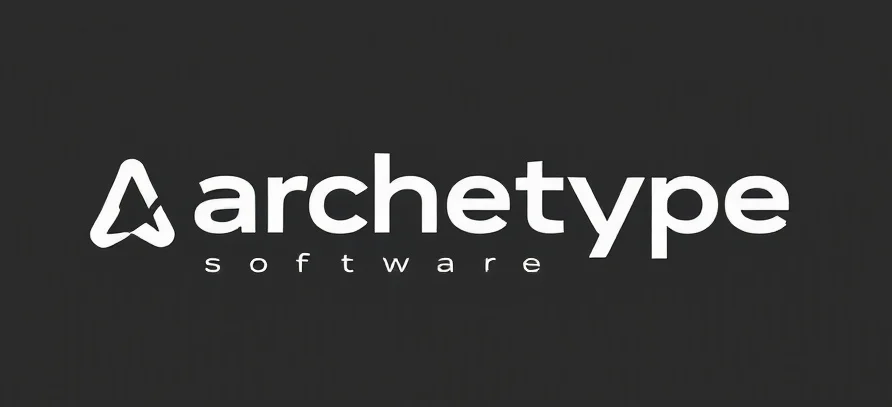Decoding the Future: The Intriguing World of AI Agent Architecture
Imagine stepping into a sci-fi universe where autonomous agents work seamlessly behind the scenes—like digital astronauts navigating complex tasks, making decisions, and collaborating without human intervention. Sounds like something straight out of a futuristic novel, right? Well, the reality of AI agent architecture is rapidly catching up, transforming how machines think, learn, and act. If you’re curious about how these digital beings are built and why they matter, check out this insightful overview of ai agent architecture. It’s like peering into the blueprint of tomorrow’s intelligent systems.
The Building Blocks of AI Agents
What Is an AI Agent Anyway?
Let’s start with the basics. An AI agent is essentially a digital entity that perceives its environment, processes information, and takes actions to achieve specific goals. Think of it as a robot brain—except many agents operate purely in software, orchestrating tasks across networks and data streams. These agents aren’t static; they’re designed to adapt, learn, and improve over time, functioning as the core engines behind everything from chatbots to autonomous vehicles.The Architectures That Power These Agents
The article on ai agent architecture dives deep into how these systems are structured. Broadly speaking, there are several archetypes—each with its unique way of organizing intelligence.Key Archetypes in AI Agent Design
The Cognitive Architecture
Picture this as the brain of the agent—an intricate web of modules that handle perception, reasoning, memory, and action. Cognitive architectures aim to mimic human thought processes, allowing agents to handle complex, open-ended tasks. Think of it as a sci-fi AI with a multi-layered neural cortex, capable of abstract reasoning and contextual understanding.The Reactive Architecture
Now, contrast that with reactive systems, which are more like reflexive beings. They don’t plan ahead but respond instantly to stimuli. Imagine a robot dog that reacts immediately when you call it—no deep thinking, just swift actions. These architectures excel in real-time scenarios where speed is critical but don’t have the nuanced decision-making of cognitive systems.The Hybrid Architecture
What if you combine the best of both worlds? That’s what hybrid architectures do. They integrate reactive responses with cognitive reasoning, creating agents that can react swiftly but also plan strategically. Think of a self-driving car that reacts instantly to obstacles yet navigates complex traffic patterns smoothly—a perfect blend of reflex and reason.The Dynamic Nature of Modern AI Agents
One of the most fascinating aspects of current AI agent architectures is their adaptability. Modern systems often incorporate advanced learning components—like reinforcement learning and neural networks—that allow the agent to evolve based on experience. It’s akin to a sci-fi AI that not only follows pre-programmed instructions but also learns and improves through interactions, much like a character in a story who grows wiser with each challenge.Why It Matters: The Future of Intelligent Systems
Understanding these architectures isn’t just geeky curiosity—it’s vital for shaping the future of technology. As AI agents become more sophisticated, they’ll power everything from personalized medicine to autonomous exploration of distant planets. The architecture determines how well these agents can adapt, collaborate, and make decisions in unpredictable environments. Think of it like designing the ship in a space adventure: the blueprint dictates how well it can withstand cosmic storms, repair itself, or navigate unknown galaxies. Similarly, a solid ai agent architecture ensures these digital explorers can handle the frontier of real-world challenges.Conclusion: Peering Into the Digital Cosmos
Whether you’re a sci-fi fanatic or a tech enthusiast, understanding the architecture of AI agents is like gaining a map to the universe of possibilities they unlock. As these systems evolve, they’ll become more than just tools—they’ll be partners in innovation, exploration, and problem-solving. For a deeper dive into the technical intricacies and future implications, be sure to explore the full article on ai agent architecture. The future is not just coming; it’s being built right now, one architecture at a time.Checkout ProductScope AI’s Studio (and get 200 free studio credits)
